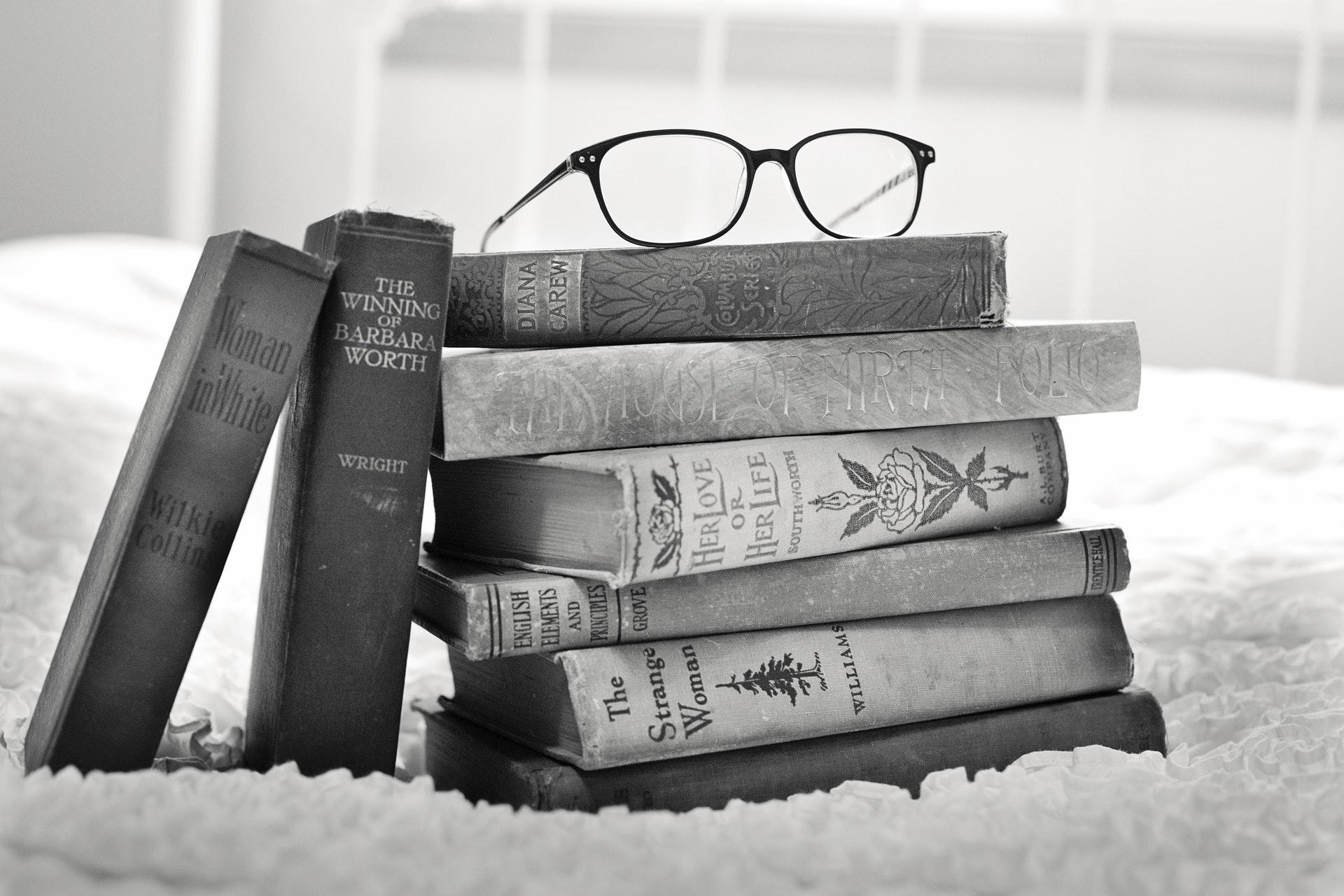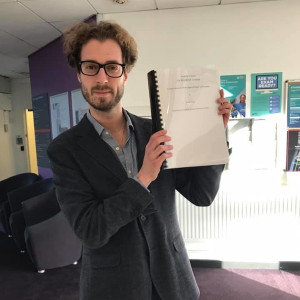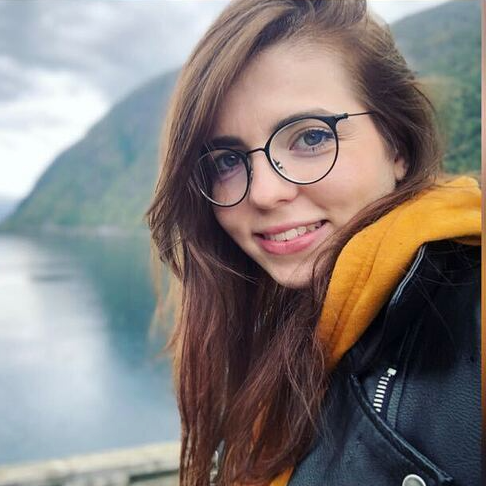History is not just a record of past events—it is divided into different types that focus on specific periods, regions, and aspects of human life. From political and social history to cultural, economic, and intellectual studies, each branch helps us understand how societies developed and interacted. In this guide, we’ll explore the main types of history, including Ancient, Postclassical, Modern, and Art History, while also touching on key subfields such as political, diplomatic, and social history.
| Type of History | What It Studies | Key Examples |
|---|---|---|
| Ancient History | Early civilizations, empires, and societies before the Middle Ages. | Ancient Egypt, Mesopotamia, Roman Empire |
| Medieval History | The Middle Ages (roughly 5th–15th century), including feudal systems, kingdoms, religion, and cultural life. | The Crusades, Black Death, rise of universities, Gothic architecture. |
| Postclassical History | The period from the fall of Rome to the early modern era, including medieval times. | Byzantine Empire, Islamic Golden Age, Medieval Europe |
| Modern History | Events from the 16th century onward, covering revolutions, nations, and global change. | Industrial Revolution, World Wars, Cold War |
| Political History | Governments, leaders, elections, laws, and state institutions. | American Revolution, French monarchy, democracy movements |
| Diplomatic History | Relations between nations, treaties, wars, and foreign policy. | Treaty of Versailles, Cold War diplomacy, UN negotiations |
| Social History | Everyday life, customs, families, education, and communities. | Victorian family life, history of childhood, social reforms |
| Cultural History | Language, literature, arts, sports, and cultural identities. | Shakespeare’s England, Olympic Games, pop culture studies |
| Economic History | Trade, industry, finance, and the evolution of economic systems. | Great Depression, Silk Road, global capitalism |
| Intellectual History | Ideas, ideologies, and how thought has influenced human societies. | Enlightenment, Marxism, feminist thought |
| Art History | The study of visual arts, architecture, and their role in shaping culture. | Renaissance art, Baroque, Modernism |
| Historiography | The study of how history itself is written, interpreted, and understood. | Debates on the fall of Rome, revisionist WWII studies |

Studying History At University
History is a science in and of itself and like most if not all scientific fields, history is divided into many more sub-categories, each specifically studying a period of Human history or a specific region of the world.
If you are studying for a History degree or you are already an undergraduate aiming for a bachelor, you will most likely study many, though not all, aspects of History. Here’s a general outline of the types of history typically covered in a UK undergraduate History degree, showing how study usually progresses over three years:
| Year | Focus | Types of History Covered | Examples of Modules |
|---|---|---|---|
| Year 1 | Foundations | Ancient, Medieval, Modern, Historiography | Ancient History, Medieval History, Modern History, Introduction to Historiography |
| Year 2 | Thematic & Regional Depth | Political, Social, Economic, Cultural, Global/Imperial | British Political History, European Social History, Economic History, Cultural History, Global/Imperial History |
| Year 3 | Advanced & Research | Intellectual, Diplomatic, Special Subjects, Dissertation | Intellectual History, Diplomatic History, Cold War, Tudor England, Dissertation/Extended Essay |
Historiography: Studying the History of History
There is a field of History called Historiography, which is the history of history. Instead of subjecting actual events - say, the conquest of England by William, Duke of Normandy - to historical analysis, the object of historiography is the history of the history of the event: how it has been written, the often conflicting bias pursued by those writing about it through time, and the way in which such circumstances shape our understanding of the actual event in question, and of the nature of history itself.
Questions of historiography include the following:
- who writes history, what was their agenda, and towards what goal?
- how reliable can a historian ever aspire to be, interpreting past events from the point of view of the historian's present?
- what about the sources a historian choose to include in their work or purposefully exclude?
To keep it simple we will only look at the main groups of history, Ancient, Postclassical and Modern as well as Art History.
Ancient History
The History of humanity starts when the first civilisation emerged and historians defined everything that came before as Pre-History.
Commonly, Ancient history is accepted to begin around 3000BCE with the apparition of early writing system in Mesopotamia. It extends up until the 6th century CE when the Western Roman Empire collapsed following a succession of invasion and the death of the last Roman Emperor, Romulus Augustulus.
Archaeology has been at the centre of any research regarding Ancient History. It has played a huge part in our knowledge of early civilizations, from the excavation of the Terracotta Army of the First Qin Emperor in ancient China to the exploration of the Mayan Pyramids in South America.
Even though, most of our current knowledge of Ancient time events relies on the writings and accounts of antiquity historians (Herodotus, Thucydides, Arrian, Plutarch, Polybius, Sima Qian, Sallust, Livy, Josephus, Suetonius, and Tacitus), those records were often produced decades if not centuries after the events they described occurred and they are always to take with some precautions.
Mesopotamia & Ancient Near East
| c. 3500 – 539 BCE |
| Development of writing, early cities, law codes (e.g., Hammurabi), religion, trade, and governance. |
Ancient Egypt & Nile Civilisations
| c. 3100 – 332 BCE |
| Pharaohs, pyramids, religion, social hierarchies, art, and administration. |
Classical Civilizations
| c. 800 BCE – 476 CE |
| Greece, Rome, India, China; philosophy, politics, wars, economy, art, and scientific advances. |
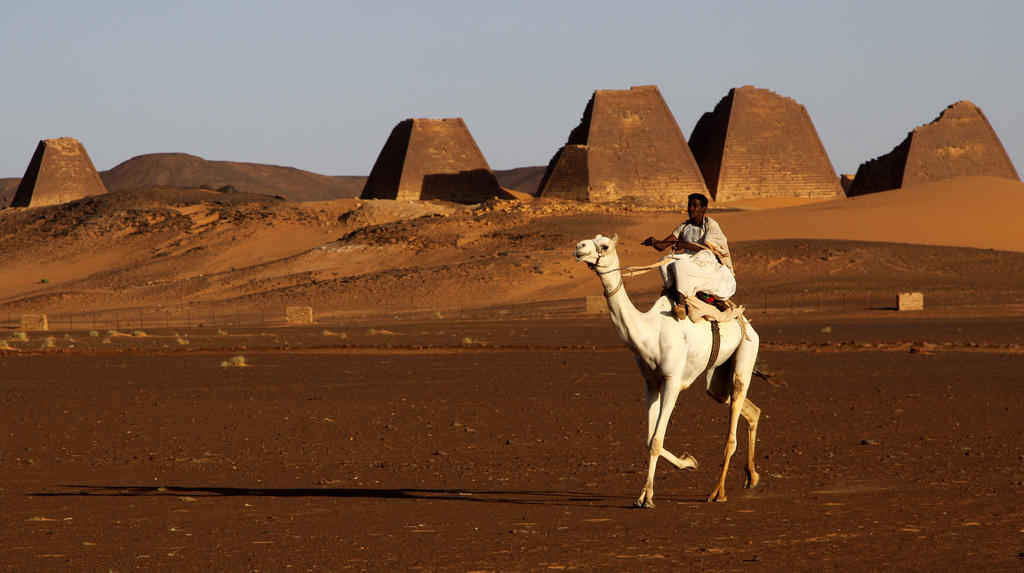
Medieval History
Whereas Ancient History stop in 500CE, Modern History only starts around 1500, depending on the geographic region you are studying. So what happened during those roughly 1000 years?
Those ten centuries of history is what Historians refer to as the Middles Ages or Medieval times. In Western and Central Europe this era started when the Roman Empire collapsed but it is not exactly the same for all parts of the world.
For Scandinavia including current Denmark, Finland and Norway, the Medieval times is often assimilated to the Age of the Vikings, beginning in 793 with the first ever recorded Viking invasion in England and lasted until the failed invasion attempted by the Norwegian king Harald III (Haraldr Harðráði), who was defeated by Saxon King Harold Godwinson in 1066 at the Battle of Stamford Bridge; in Ireland. The same year, William the Conqueror, Duke of Normandy, and descendant of Vikings himself defeated Harold Godwinson and became King of England.
In the East, Japan's medieval period is commonly accepted to start with the Nara period (when Empress Genmei established the capital of Heijō-kyō) in 709 and ended with the last battle of Sekighahara in 1600 when Tokugawa and his allies defeated the Toyotomi regime and unified the country.
At the same time on the continent, China's different historical periods did not follow the same pattern and the Imperial Era of China began in 221 with the Qin dynasty and only ended with the Qing Emperor in 1911.
In the Middle East and North Africa as well as the Iberian Peninsula, Medieval times were marked by the ascent of Islam and the creation of powerful Empires.
As studying and following history courses requires a lot of critical thinking skills as well as research skills, many university alumni who graduated from a scholar institution with a degree level in History turn to the law after completing their undergraduate tuition and become lawyers.
Why not hire a History tutor?
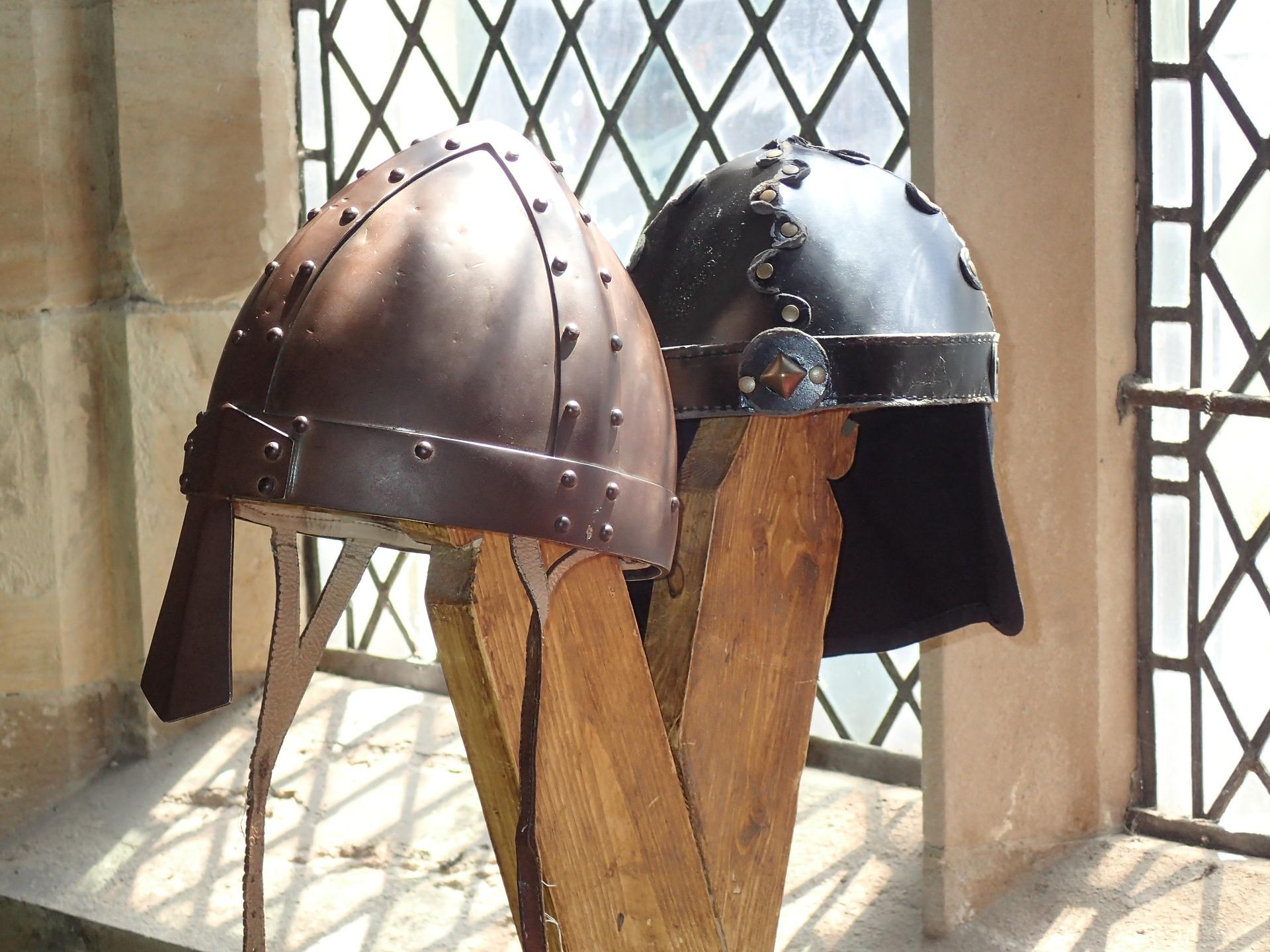
Postclassical History
Postclassical History covers roughly 500–1500 CE, the period between the fall of classical empires and the early modern era. It examines the rise and fall of empires, the spread of religions, trade networks, social hierarchies, and cultural and technological developments across the globe.
At university, this period is often studied through regional or thematic modules, such as Medieval Europe, Islamic Caliphates, East Asian dynasties, trade and commerce, and cultural exchange. Students analyse primary sources like chronicles, legal codes, religious texts, and artefacts, alongside secondary scholarship, to understand how societies evolved during this transformative era.
| Topic | Focus / Description |
|---|---|
| Feudalism & Social Hierarchies | Structure of medieval societies, including lords, vassals, and serfs. |
| Religion & Philosophy | Role of Christianity, Islam, Buddhism, and philosophical developments. |
| Trade & Commerce | Silk Road, Indian Ocean trade, and the rise of merchant classes. |
| Empires & States | Byzantine, Islamic Caliphates, Tang and Song China, and other regional powers. |
| Warfare & Military | Conquests, crusades, and technological developments in warfare. |
| Art & Architecture | Gothic cathedrals, Islamic architecture, and regional artistic developments. |
| Science & Technology | Advances in mathematics, astronomy, medicine, and engineering. |
| Cultural Exchange | Diffusion of ideas, technology, and religion across regions via trade and conquest. |

Modern History
The Middles Ages slowly faded in Europe as Renaissance was making its way to a full-blown social, religious and economic change. Even though the Renaissance movement started in Italy around the 13th century, with the rediscovery of Antic philosopher and the contact with the scientific knowledge of the Middle East, Medieval History only ended around the year 1500 following a few major events:
📰 The invention of the printing press by Gutenberg in 1439
⚓️ The discovery of the Americas by Christopher Columbus in 1492.
🌍The globalisation of the world and the acceleration of the exchange of ideas, goods and money.
Academics commonly split Modern History into two periods, Early Modern History and Late Modern History. For students who have successfully past the admission stage in their undergraduate degree, Modern History will probably be studied over more than one semester along with other humanities discipline, some elective and some mandatory.
Early Modern History includes:
History is such a vast and interesting subject that most universities and school institutions offer the possibility to pursue a History degree or to study history in an interdisciplinary bachelor of arts degree for example. You could even look past your graduation and continue on getting a doctoral degree in History.
Commonly accepted to start at the end of the 18th century and was marked by major events such as:
If you study civilization and societies, time spent in the classroom will mainly focus on historical research and analytical and critical thinking, all research skills being the requirement for journalism or a career in sociology.
Do you know you can get a History tutor on Superprof?
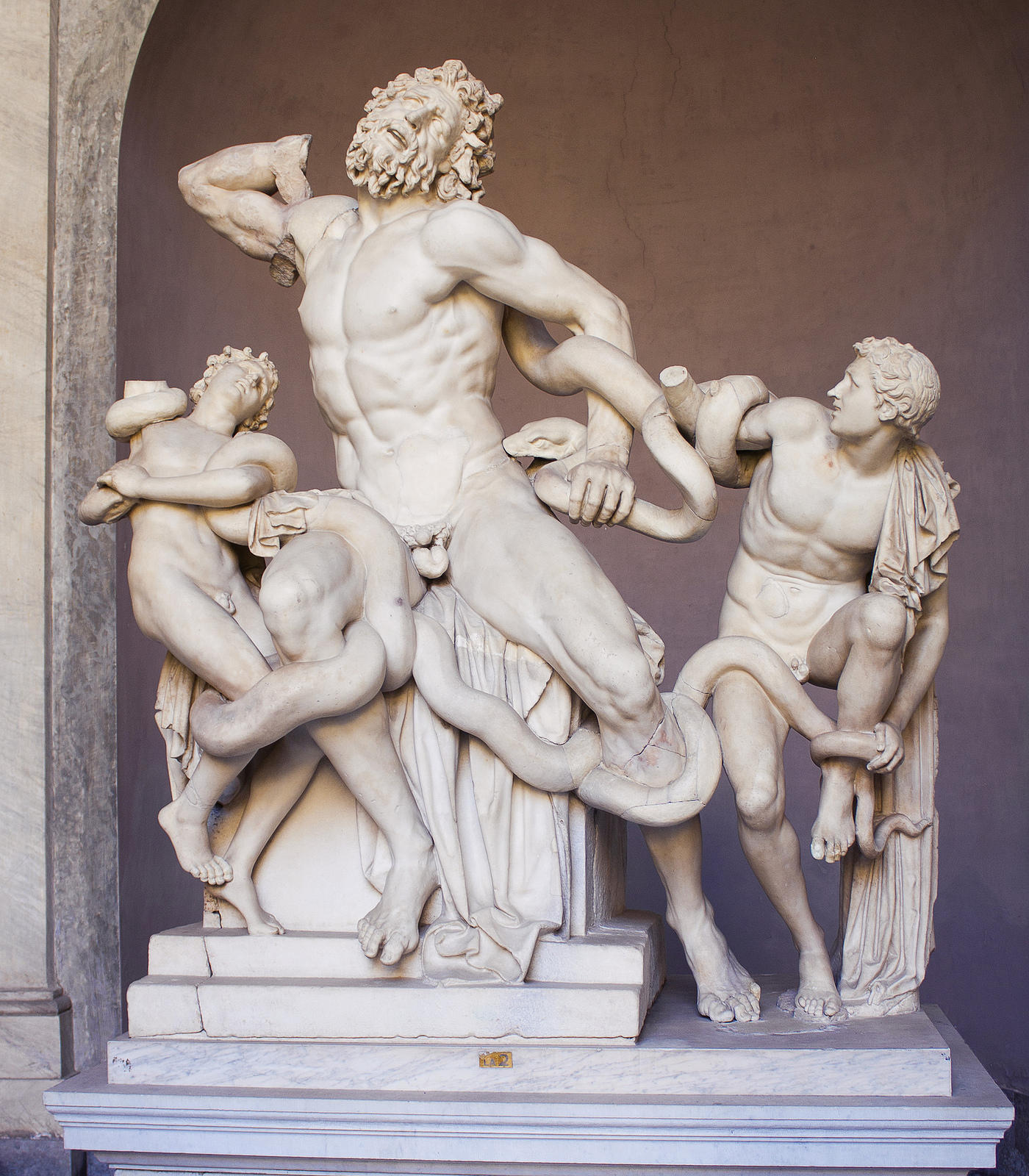
Political History
Political history focuses on the study of governments, leaders, political movements, laws, and institutions across time. It examines how power is gained, exercised, and contested, as well as the impact of political decisions on societies. This field often looks at the rise and fall of states, revolutions, wars, constitutions, and elections, giving us insight into how authority is structured and how it changes over time. By analysing political systems both past and present, historians can trace the evolution of governance and better understand the roots of modern states and international relations.
History courses at school usually focus on the big moments - the wars, the revolutions… Mostly, this is political history, reflecting the give-and-take between nations and the internal power struggles within countries.
However, there are two ways to look at political history:
- On a case-by-case basis
- From a broader perspective, studying political movements, political philosophy and the evolution of political thought over time.
Political history as the history of nations
When studying political history, you might be looking at world history through the rise and fall of nations, their interactions with each other and their influence on things like religion, culture and language.
From the expansion and division of Alexander’s empire to that of Charlemagne, from colonialism to the unity of the European Union, human history has been a constant change of boundaries and alliances. Medieval history alone shows how fluid political boundaries can be, as does much of Asian history.
Of course, not all political change is external. Sometimes, internal upheavals such as droughts, famine, pestilence or revolution can change the balance of politics within a country.
Political history as the history of politics
Or you can choose to tailor your curriculum and focus your historical research on what kind of government is considered ideal and what the dynamics of power should be. Here are some of the different types of political institutions you might be studying:
| Absolute Monarchy | A system where a single ruler has unrestricted political power. |
|---|---|
| Constitutional Monarchy | A monarchy limited by law or a constitution, often with a parliament. |
| Oligarchy | Government controlled by a small group of powerful individuals or families. |
| Direct Democracy | Citizens vote directly on laws and policies rather than through representatives. |
| Electoral Democracy | Citizens elect representatives to make decisions on their behalf. |
| Communist Society | A system where the state controls property and resources, aiming for classless equality. |
Diplomatic History
One aspect of political history is diplomatic history. As much as conquest and war, diplomacy has shaped the world and influenced cultures - though perhaps on a more intellectual level. Diplomacy can take many shapes, from marriages to multi-clause peace treaties to ceremonial gift-giving.
But oddly enough, diplomacy can cause conflict as much as it solves them. Diplomacy between uneven partners can put one of them at a great disadvantage, as they may not understand the implications of what they are agreeing to - as evidenced by early American history. Diplomatic ties can pull diverse nations into wars which, at first glance, do not seem to concern them, as in the Great War. It can cause allies to turn a blind eye to the atrocities of their peers as in World War II.
But mostly, over the course of the many historical periods, diplomacy has saved lives by ending or preventing armed conflict. It has enriched the human experience by providing ties between nations and allowing a cultural exchange. And it is as important today as it was two or even four thousand years ago, with a world that is growing closer together.
Key Events In Diplomatic History:
1648
Peace of Westphalia
Ended the Thirty Years’ War; established modern state sovereignty.
1814-1815
Congress of Vienna
Redrew Europe’s political map after the Napoleonic Wars; aimed to restore balance of power.
1919
Treaty of Versailles
Officially ended WWI; imposed reparations on Germany; shaped interwar diplomacy.
1920-1946
League of Nations Era
First international organisation aimed at preventing war; precursor to the UN.
1945
United Nations Founded
Global organisation to promote peace, security, and cooperation after WWII.
1947-1991
Cold War Diplomacy
Superpower negotiations, alliances, and crises shaped global order.
If political history captures your interest, especially the way states interact and negotiate power, you might also be drawn to diplomatic history. This field explores international relations, treaties, and negotiations, providing insight into how diplomacy shapes global politics. For students considering a career in diplomacy or international affairs, there are several pathways to study this formally at university, including International Relations and Diplomatic Studies programs.
Economic History
Economic history studies how societies produce, distribute, and consume goods and services over time. It explores trade, industry, banking, labour systems, and the development of markets, as well as how economic forces influence social and political structures. By examining events like the Industrial Revolution, the Great Depression, or the rise of global capitalism, economic historians uncover patterns that help explain modern economies.
At university, economic history is often studied as part of a broader History degree or alongside Economics. Students may take modules on industrialisation, financial history, labour history, and economic thought, and often develop skills in quantitative analysis, interpreting historical data, and understanding long-term economic trends. This field is ideal for those interested in how economic forces shape societies and historical change.
| Topic | Focus / Description |
|---|---|
| Industrial Revolution | Transformation from agrarian to industrial economies; mechanization and urbanization. |
| Trade & Commerce | Development of local and global trade networks; mercantilism and free markets. |
| Banking & Finance | Evolution of banks, financial institutions, credit systems, and stock markets. |
| Labor & Workforce | Working conditions, labor movements, migration, and demographic changes. |
| Economic Crises | Major downturns and recessions, e.g., Great Depression, their causes and impacts. |
| Globalization | Spread of markets, goods, and capital across nations; international economic systems. |
| Economic Thought | Ideas and theories shaping economic policy and understanding, e.g., capitalism, socialism. |
Some history departments offer History of Economics, but very often this course is found in the economics department. Some universities that offer these are:
London School of Economics (LSE) – BSc/MSc Economic History
University of Oxford – BA History & Economics, MSc Economic & Social History
University of Cambridge – MPhil Economic & Social History
University of Edinburgh – MA History & Economics
University of Glasgow – BA Economic & Social History
University of York – BA History & Economics
Social History
You might ask yourself: Doesn’t every history degree involve the study of societies?
The answer is: of course, but it all depends on what aspect you want to concentrate on. Where political and diplomatic and economic history all look at the big picture, social history focuses on the lives of the people living within that political and economic systems.
That doesn’t necessarily mean that you will be studying the life of a specific Renaissance blacksmith - though you can if you want to.
Social science involves looking at all the little things that are often overlooked in history classes at school.
The types of houses people live in, the kinds of tools they use, their special needs and the differences in the lives of the various social classes and how they interact.
Or you can go much further and study broad social issues in historical societies, such as for example:
To study social history, you might want to consider getting a double major, for example, with sociology or ethnology in addition to history, to give you a greater breadth of tools for interpreting your social data.
Art History
One of the sub-categories of History is the History of Art. While the main focus of Historians has mostly been to study and analyse historical, religious, social and political events through different periods, Art History has been focused on something different.
Art Historians have been studying the visual, aural and oral expression of humanity. Scholars scrutinising Art History have been trying to interpret visual art, music and fictional writings through a thorough investigation using different approaches and methodologies.
One of the earliest Art Historians that we know of is one of the most Antiquity Historian, namely Pliny the Elder. During his time, he was considered to be one of the most famous Roman author, naturalist and natural philosopher and even served as a naval and army commander of the early Roman Empire.
If you are studying liberal arts, it is very likely that your coursework and curriculum will include some Art History before the completion of your degree programs.
Art History at UK universities offers a fascinating exploration of visual culture, from classical masterpieces to contemporary art. Students study artworks in their historical, social, and cultural contexts, developing critical analysis, research, and interpretive skills that are valuable across careers in museums, galleries, education, and the creative industries.
Here’s a concise list of UK universities offering Art History programmes:
University of Oxford – BA in History of Art
University of Cambridge – BA in History of Art
Courtauld Institute of Art (London) – BA/MA in Art History
University of Edinburgh – MA in History of Art
University of Glasgow – MA in History of Art
University of York – BA History of Art
University of St Andrews – MA History of Art
There are many more fields of History that one can spend their life studying, from Western civilisation to Latin American History, African History, anthropology, American History or even African American History. The different history degrees that you can earn are many if not endless.
Check out the cost of private History tuition on Superprof.

